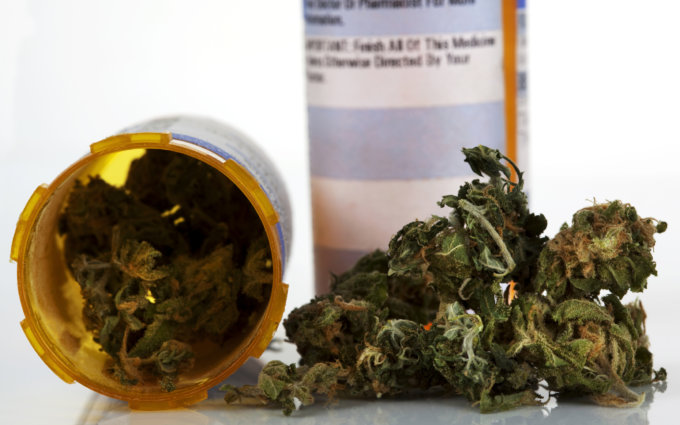06/30/2015

Medical marijuana presents a host of questions for both medical practitioners and potential patients, particularly in the case of workers’ compensation, where an injured worker who comes to work under the influence can cause many unintended repercussions.
During a recent Paradigm webinar, Emerging Trends in Medical Marijuana: A Workers’ Compensation Perspective, two physicians with decades of experience in workers’ compensation discussed the complex issues related to medical marijuana in the workplace. Dr. Hassan Moinzadeh, a pain specialist at Long Beach Memorial Medical Center and psychologist in private practice partnered with Dr. Steven Moskowitz, senior medical director for Paradigm’s pain program, to review the evidence and offer their expertise on this topic. You can view a replay of the webinar online.
Now approved for medical use in 23 states and the District of Columbia, medical marijuana has not been widely studied in scientific trials due to federal laws that limit research on the drug. As a result, much of our understanding of what marijuana offers to a therapeutic user comes from anecdotal information and individual case reports.
First, Dr. Moinzadeh examined cannabinoids—the chemical compounds derived from cannabis that act on the cannabinoid receptors on cell membranes. Cannabinoids are classified into three major groups:
There are two main forms of the cannabis plant and several different plant preparations, including inhaled and ingestible varieties. An injured worker may face several options when she arrives at a marijuana dispensary. Available preparations of medical marijuana may include infusions, butters, elixirs, tinctures, oil and more.
It’s important to note that dispensary employees are not required to meet any kind of requirements, unlike the workers at a pharmacy, and may offer advice to injured workers about their medical concerns though the dispensary employees have no clinical, nursing or pharmacy education. In addition, there is little quality control in the products these dispensaries sell; as a result, the information provided about particular strains of marijuana is likely to be part science and part folklore.
From a workers’ compensation perspective, the ability to test for marijuana in an employee’s system is critical. Several tests of hair, blood, saliva and urine can be used to detect on-the-job use of marijuana, whether for medical or recreational reasons.
Dr. Moskowitz focused on the potential side effects that may be of concern to an employer, from perceptual alterations to slow reaction time, and described the possible drug-drug interactions that may affect an injured worker who has been prescribed both medical marijuana and another pharmaceutical.
Medical marijuana may be helpful in some patients, but it’s important to recognize and consider all side effects and negative consequences. For any drug, consider this equation: Value = Effectiveness – (Addiction + Side Effects + Cost).
For a more detailed review of medical marijuana, please listen to a replay of our June webinar, Emerging Trends in Medical Marijuana: A Workers’ Compensation Perspective.